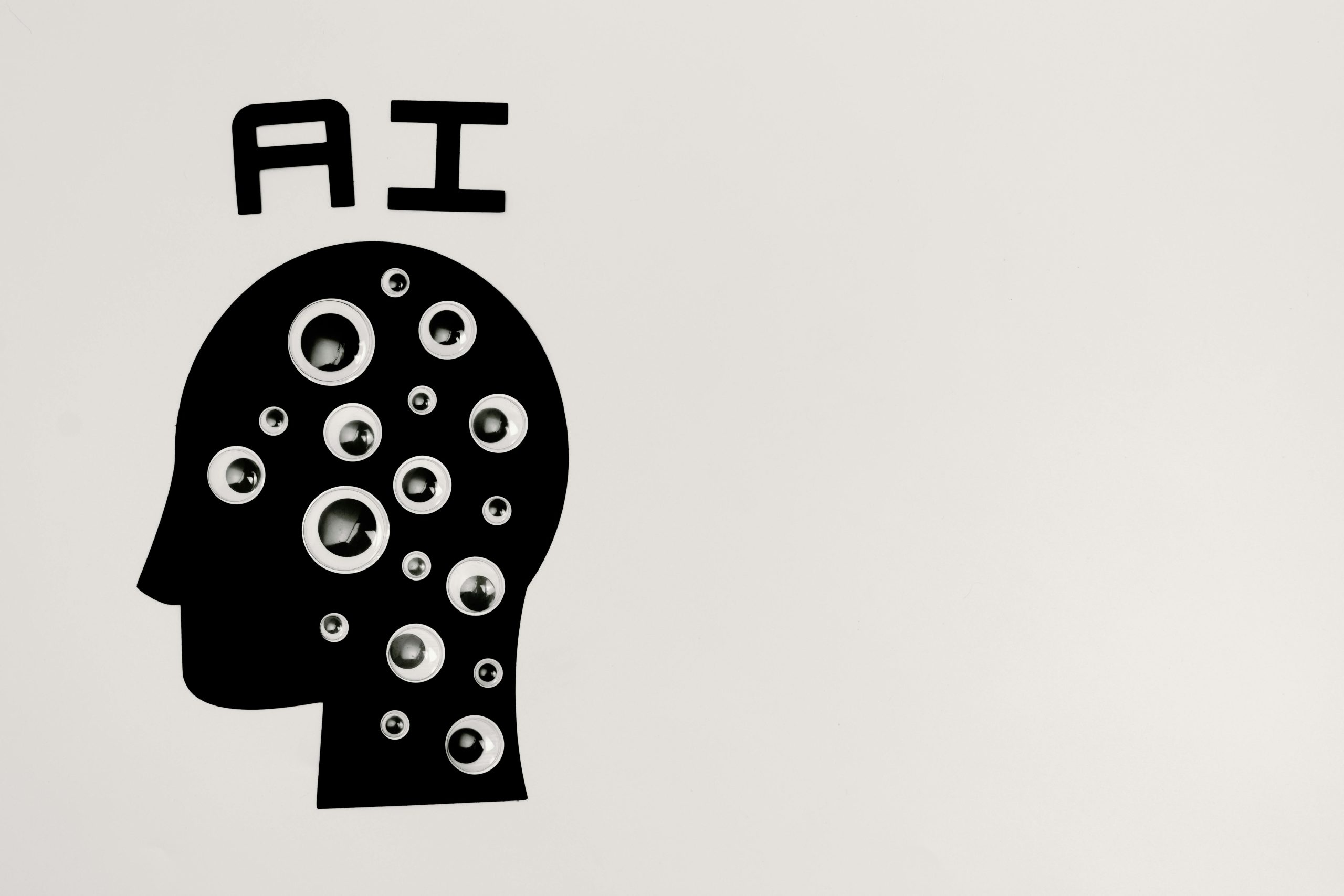The Future of Work: Adapting to Automation and AI Technologies
The world of work is constantly evolving, and with the rapid advancements in technology, we are seeing a major shift in the way we work. Automation and AI technologies are transforming industries and changing the way tasks are completed, making them more efficient and streamlined. This has led to a debate over the future of work and how humans will adapt to these changes. Will we become obsolete in the workforce or will we find new ways to utilize these technologies to enhance our skills and productivity? In this article, we will delve into the impact of automation and AI in the workplace and discuss how we can adapt to this ever-changing landscape.
The Rise of Automation and AI in the Workplace
Automation and AI have been making their way into the workplace for decades, but recent advancements in technology have accelerated their presence. According to a report by McKinsey, up to 800 million jobs could be lost to automation by 2030. This has raised concerns about job security and the role of humans in the workforce.
However, it’s important to note that while automation may lead to job displacements, it also creates new job opportunities. Tasks that are repetitive and mundane are now being handled by machines, allowing humans to focus on higher-level tasks and use their critical thinking skills. This shift is giving birth to new job roles, such as data analysts, machine learning engineers, and automation specialists.
The Benefits of Automation and AI in the Workplace
Increased Efficiency and Productivity
The primary benefit of automation and AI in the workplace is increased efficiency and productivity. Machines are able to complete tasks at a much faster rate than humans, leading to cost reduction and improved output. In industries such as manufacturing and logistics, automation has proven to be a game-changer, allowing companies to meet high demand and reduce errors.
Cost Savings
Integrating automation and AI technologies in the workplace can also lead to significant cost savings. Machines do not require salaries or benefits, and they can work around the clock without the need for breaks or holidays. This has led to a decrease in labor costs for businesses, making them more competitive in the marketplace.
Improved Safety
One of the most significant advantages of automation and AI in the workplace is improved safety. Machines can handle hazardous and physically demanding tasks, eliminating the risk of injury to humans. This has made a significant impact in industries such as construction and mining, where safety is a major concern.
Adapting to the Changing Landscape
Identify New Skill Sets
In order to adapt to the changing landscape, it’s essential to identify new skill sets that are in demand. With automation and AI taking over repetitive tasks, skills such as critical thinking, problem-solving, and creativity are becoming increasingly valuable. Constant upskilling and reskilling will be necessary for workers to remain relevant in their field.
Embrace Collaboration
The integration of automation and AI in the workplace also calls for a shift in workplace culture. Collaboration between humans and machines will become the norm, and it’s essential for organizations to foster an environment that encourages this cooperation. Working alongside machines will require humans to learn how to communicate and collaborate with these technologies.
Cultivate Technological Literacy
Technology is constantly evolving, and it’s crucial for workers to cultivate technological literacy to stay up to date with the latest advancements. This involves being open to learning new software and tools and staying informed about industry-specific technologies. Companies should also invest in training programs to help their employees adapt to these changes.
The Future of Work is Human
While there are fears that automation and AI will replace human workers, it’s essential to remember that the future of work is still human. Machines may be able to complete tasks faster and with fewer errors, but they lack the empathy, creativity, and critical thinking skills that humans possess. As we continue to adapt to these changes, it’s important to find a balance between technology and human skills to drive progress and innovation in the workplace.
In conclusion, the future of work is evolving, and with the rise of automation and AI technologies, it’s crucial for workers to adapt and embrace these changes. By identifying new skill sets, fostering collaboration, and cultivating technological literacy, we can work alongside machines and create a more efficient and productive workforce. The key is to see these technologies as an opportunity rather than a threat and use them to enhance our work and productivity.











